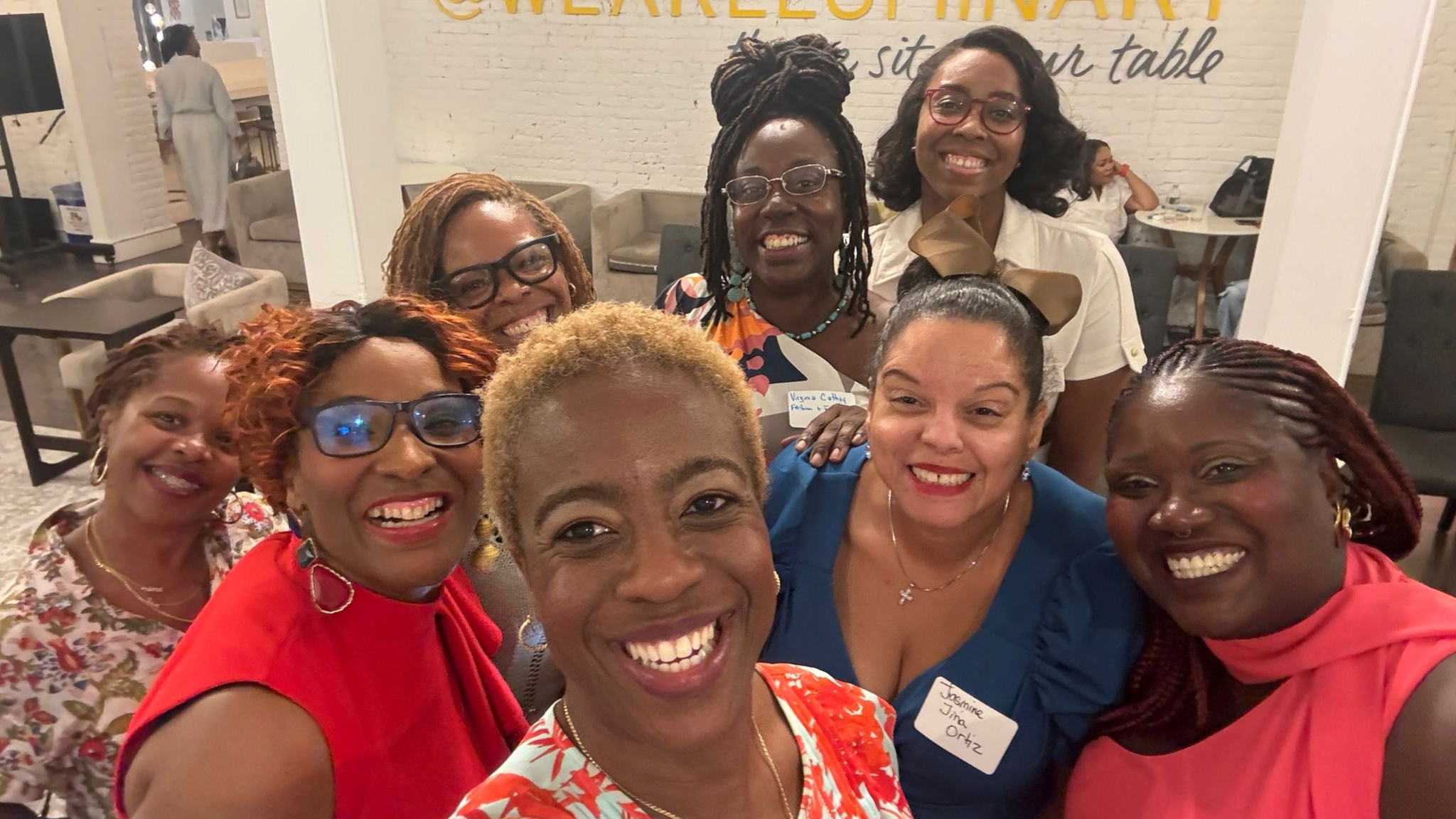According to the Small Business Administration, there are about 13 million women owned or women majority owned companies in the United States. When just 52 years ago, there were about 400,000 women-owned businesses.
That growth is astonishing, so every year in honor of National Women’s Small Business Owner month, I volunteer to support my fellow women by lending financial knowledge.
On Wednesday, September 25th I sat on a panel with subject matter experts in Sales and People Management to discuss a roadmap for women business owners journeying to 7-figures.
I wanted to share some of the questions that attendees asked in the hopes that my answer would support your business.
Moderator: What is the biggest mistake that business owners make with their financials?
Pursuing an idea without figuring out if it’s financially feasible or not.
As business owners we are always thinking about how we can generate more revenue and what additional products/services our customers might like.
We are in creation and visionary mode constantly but we don’t often stop to think what it would take operationally to execute on that idea or if it would be profitable.
As a fractional CFO company, it is our job to partner with our clients, help them tease out how the idea would work in reality, strategically think about the pros and cons, and then create a financial forecast using reasonable assumptions to validate its profitability.
I created a financial accelerator program, called the Path to Financial Freedom, to help cohorts of scaling businesses do just that.
Audience member: How do I manage my investors in a board meeting who are giving me pushback?
Take stock of who your investors are and their motivations.
Before you accepted capital from an investor, I’m sure there was a “dating” period where you learned what their investment thesis was, what they were looking for in terms of an advisory relationship, their motivation and expected return goals.
Remember those things, because as your business evolves you will have to make sure your business can achieve the investor’s desired goals as well as your own.
We currently have a client with two types of investors. One set of investors are serial entrepreneurs who understand how scaling impacts the bottom line of a small business.
The other set of investors are from corporate or Wall Street experience, and they expect to see profitability right away (and consistently) for an investment to make financial sense.
Our client’s revenue and market awareness was growing year over year, but it wasn’t reflected in the bottom line.
Some of the investors had an issue with that, while the former entrepreneurs were excited that the traction was steady and strong.
As a CEO, you have to advocate so hard for your business, your people and the success you foresee that sometimes you realize an investor is no longer the right fit for the next stage of business growth.
It’s difficult to buy out an investor by sourcing new investors, but it is possible.
Audience member: I just finished the xyz accelerator program for small business owners and I learned so much about what needs attention in my business. What do I do next? It feels so overwhelming.
Do the thing that is the hardest. Usually, that has to do with money or numbers, and our fractional CFO and accounting team can support you. Schedule a Financial Strategy call.
Audience Member: How do you price for corporate clients versus private clients?
The interesting thing is that corporations tend to know the value of the subject matter expert they are hiring, and the value to the corporations’ goals. So, you would want to know your worth and be sure to negotiate hard for it.
Alternatively, private clients don’t always understand the full value of one’s products/services, so they tend to push back on pricing to something that feels comfortable to them.
In both situations it’s important to exercise what I call the four K’s of pricing.
1. Know your customer
2. Know your competitor
3. Know your break even numbers
4. Know your worth.
To get more information, refer to Chapter 6 in my book Dancing with Numbers: Grow a Financially Healthy Business and Choreograph the Life You Want.
The questions asked, during the panel I sat on at Luminary NYC Live’s Women’s Business Owner Summit, are just a glimpse into the real-world challenges that many of us face daily.
Whether it’s pricing strategies, managing investor relationships, or turning ideas into profitable ventures, there are solutions—ones that are rooted in solid financial insights and strategic planning.
If you’re a CEO whose business is at 500K – $5MM in revenue, learn what our team of Fractional CFO’s can do for your business by scheduling a Financial Consult. We help small business owners grow profitably, scale confidently and exit successfully.
-Tricia

Tricia Taitt is the CEO and Chief Financial Choreographer of FinCore. She holds an M.B.A from The Fuqua School of Business of Duke University, and a BS in Economics with a Finance concentration from The Wharton School at the University of Pennsylvania. For over 20 years, she’s been a finance professional. Half of the time was spent working on Wall Street while the other half was spent in the trenches side by side with small business owners. As a result of working with FinCore, clients have been able to take control of their numbers and feel more confident in their ability to make decisions, while increasing profits by 10% and building a cash stash to invest in growth. Follow Tricia on LinkedIn and Instagram.
If you’re ready to see what our team of CFOs can do for your small business, Schedule a Financial Strategy Session.

